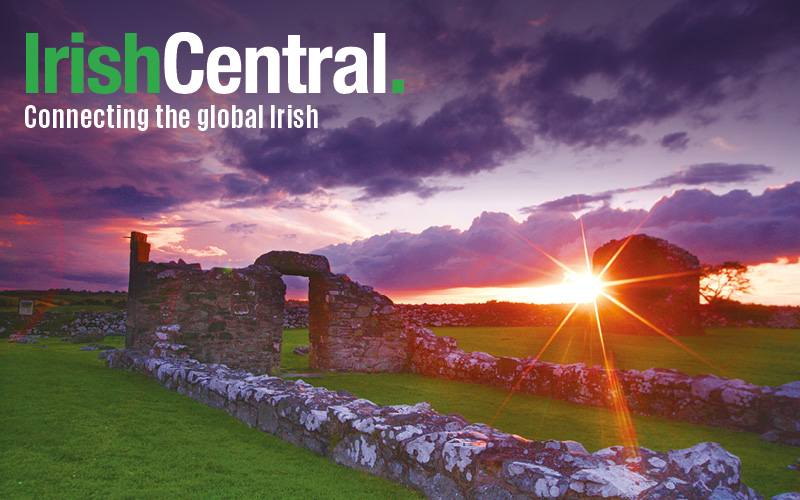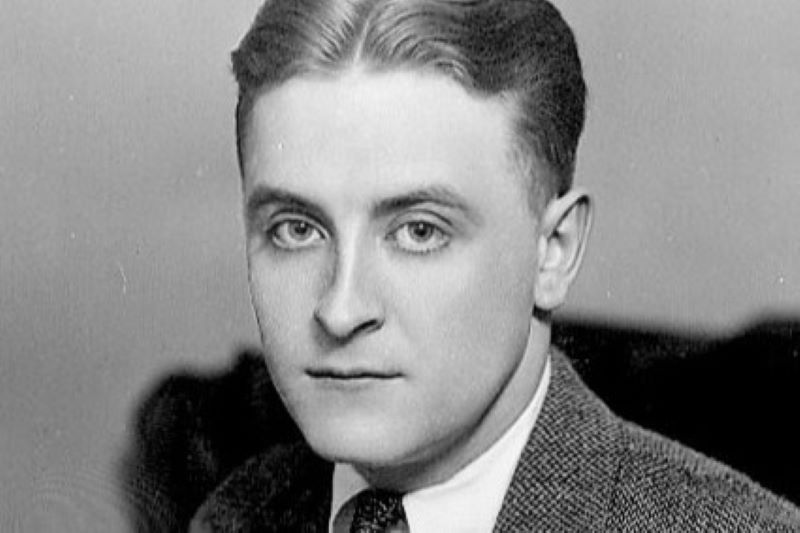| The Fighting Irish at the battle of Gettsburg |
The show is about an Irish immigrant cop in 1865 New York, just as the U.S. Civil War is drawing to a close.
The drama features a slew of impressive Irish talent, including Dublin native Kevin Ryan, actor Donal Logue and, behind the scenes, writer/producer Tom Kelly, formerly of the smash hit CBS show Blue Bloods about a later generation of Irish American cops.
The timing is good for Copper, because we are about to experience some Civil War frenzy.
July 1 marks the 150th anniversary of the battle of Gettysburg.
The battle in the fields of Pennsylvania, between the northern and southern states, raged over three says leaving thousands dead.
Months later, President Abraham Lincoln visited Gettysburg.
There were so many dead in the area officials decided to simply create a cemetery in the town.
Lincoln delivered a simple speech that lasted but a few minutes, and was under 300 words long.
It is easily one of the most beautiful, moving and powerful written works in the American canon.
But the anniversary of Gettysburg brings with it another important anniversary.
A large number of Union soldiers who managed to beat the Confederates in Gettysburg then had to march hundreds of miles east to participate in another bloody fight.
This one took place on the streets of New York City. We have come to call them the Draft Riots.
Imagine having served on the bloody fields of Gettysburg. You‘ve turned away the tenacious Confederates, who are defending their prized way of life, which included the horrific institution of slavery.
Then, just a few days later, you are told that you must head off to New York, where the working class – immigrants, laborers, vagrants – are rioting, violently striking out against both the very rich and the very poor.
Why? In part, because they do not want to fight the very same war you are currently
fighting. Talk about no rest for the weary.
Sadly, many of the soldiers and cops defending New York were Irish themselves.
It was on the morning of July 13, as many Irish names were read aloud, to be forced into military service, that the riots began.
There were obviously many reasons why working class New Yorkers lashed out during the Draft Riots.
Many felt they had no incentive to risk their lives for a nation they knew so little about.
Many thought it was unfair that wealthy New Yorkers could simply buy their way out of the draft.
And, yes, some believed that to fight a war on behalf of slavery also meant that free slaves would eventually complete with the Irish for precious jobs.
Rioters destroyed property owned by the rich. But they killed and lynched African Americans.
And if the result of the Battle of Gettysburg was that it turned the tide of the war for the North, the Draft Riots also had long-tern consequences.
After decades of discrimination, Irish Americans and others flexed the only muscle they could – in the streets.
In the wake of the riots, Tammany Hall saw an opportunity to broker a peace
between New York’s elite and its working class.
Tammany helped devise ways for immigrants and other workers who were unable or uninterested in fighting in the Civil War to avoid service.
This hardly seems patriotic. But it does begin to explain why the Irish were so loyal to Tammany Hall. Tragically, the Draft Riots also cemented a rigid structure in New York.
The elite remained firmly in control, but the Irish and other white immigrants and their children had managed to find a tenuous niche which, at least, was not on the lowest rungs of the ladder.
That, sadly, was reserved for African Americans, who now faced a choice of living in the slave south or the hostile north.
Such conditions would endure, leading to at least a century of conflict between the Irish and African Americans in New York, Boston, Chicago and elsewhere.
Given such an unfortunate outcome, don’t expect too many grand celebrations for the 150th anniversary of the Draft Riots.
But you can watch Copper. A black character on the show named Sara Freeman lost her brother in the riots.
(Contact Sidewalks at tdeignan.blogspot.com.)




Comments